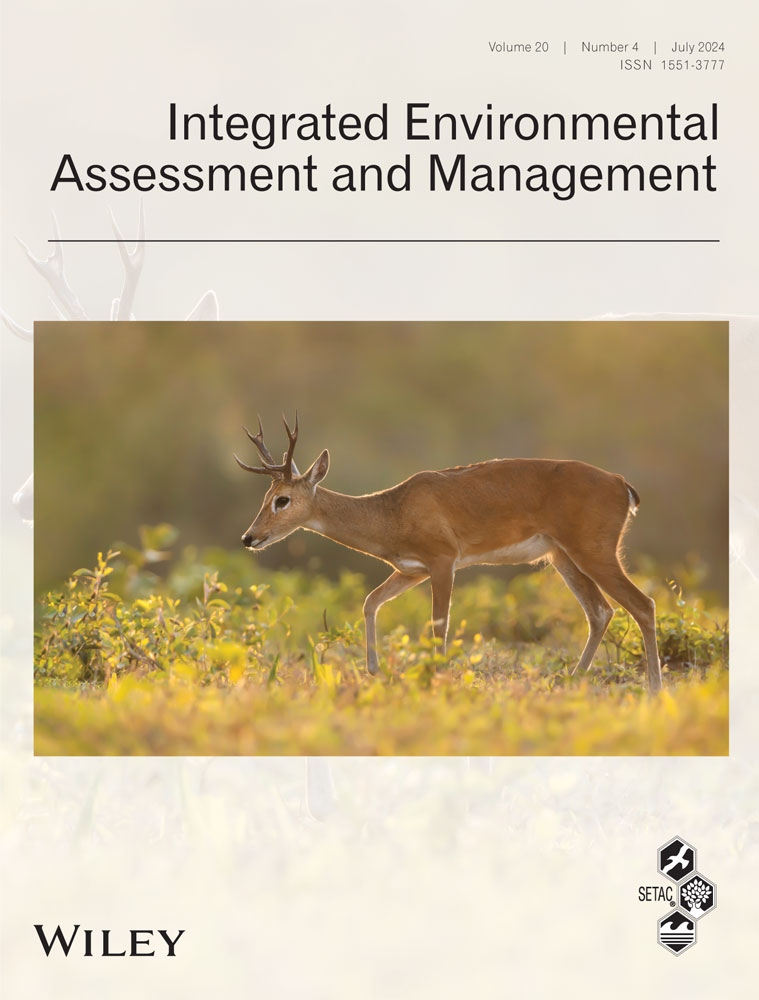Assessing the relevance of environmental exposure data sets
EDITOR'S NOTE: This article is part of the special series “Criteria for Reporting and Evaluating Exposure Datasets (CREED).” The papers, developed through a SETAC Technical Workshop, present a tested methodology to evaluate the reliability and relevance of measured chemical data for use in estimating exposure in environmental assessments. Specifically, these papers deliver a method to consistently and transparently evaluate whether a chemical data set is fit for a specific assessment purpose, as not all measured chemical data are fit for all purposes; to identify limitations of the data set that may qualify or constrain the use of the data; and to provide guidance to data generators on critical study characteristics that should be reported to ensure that their data are useful to the widest possible range of assessment types.
Abstract
Environmental exposure data are used by decision-makers to assess environmental risks and implement actions to mitigate risks from contaminants. The first article in this series summarized the available evaluation schemes for environmental exposure data, of which there are few compared to those available for environmental hazard data. The second article covered the assessment of the reliability of environmental exposure data sets under the Criteria for the Reporting and Evaluation of Exposure Data (CREED). The aim of this article is to provide an overview and practical guidance on the relevance assessment in the context of the CREED approach for evaluating exposure monitoring data sets. Systematically considering relevance is critical for both evaluating existing data sets and for optimizing the design of new monitoring studies. Relevance is defined here as the degree of suitability or appropriateness of a data set to address a specific purpose or to answer the questions that have been defined by the assessor or for those generating exposure data. The purpose definition will be the foundation for the relevance assessment, to clarify how the assessor should rate the assessment criteria (fully met, partly met, not met/inappropriate, not reported, not applicable). This will provide transparency for anyone reviewing the outcomes. An explicit gap analysis (i.e., an articulation of the data set limitations for the stated purpose) is an important outcome of the relevance assessment. The relevance evaluation approach is demonstrated with three case studies, all relating to the freshwater aquatic environment, where the data sets are scored as relevant with or without restrictions, not relevant, or not assignable. The case studies represent both organic and inorganic constituents, and have different data characteristics (e.g., percentage of censored data, sampling frequencies, relation to supporting parameters). Integr Environ Assess Manag 2024;20:1004–1018. © 2023 SETAC
CONFLICT OF INTEREST
The authors declare no conflicts of interest.
Open Research
DATA AVAILABILITY STATEMENT
Data for case studies presented in this manuscript are available in Supporting Information files. No additional data have been used in this article.




